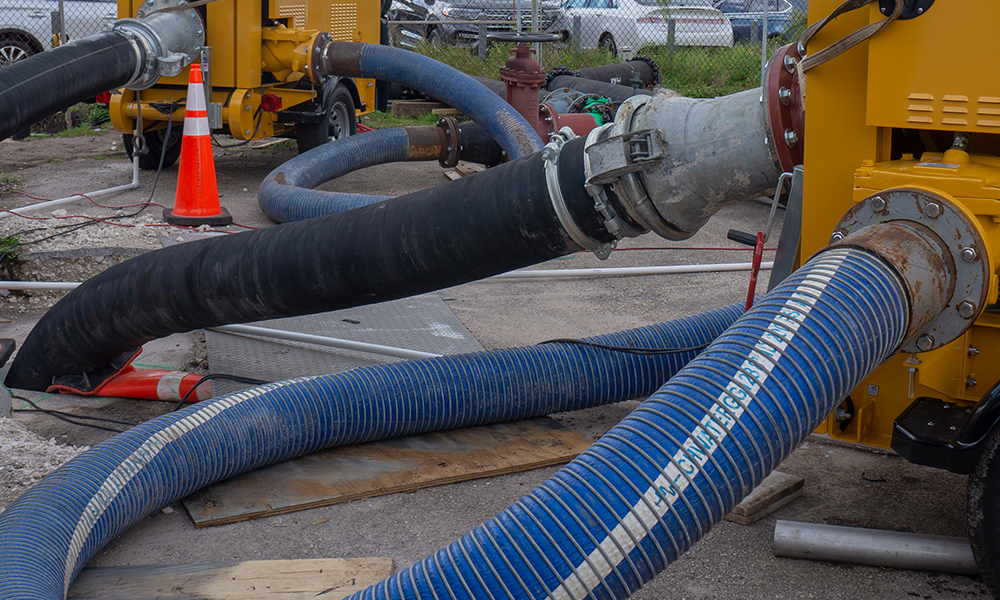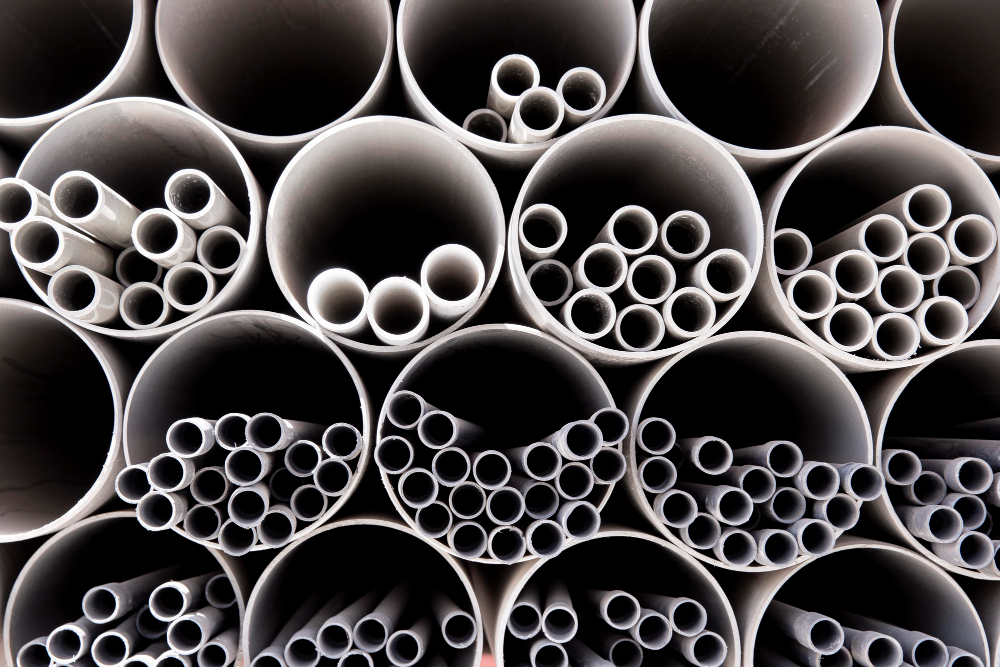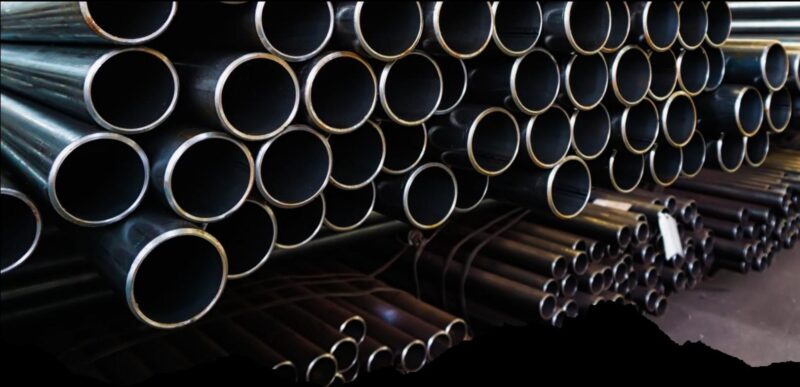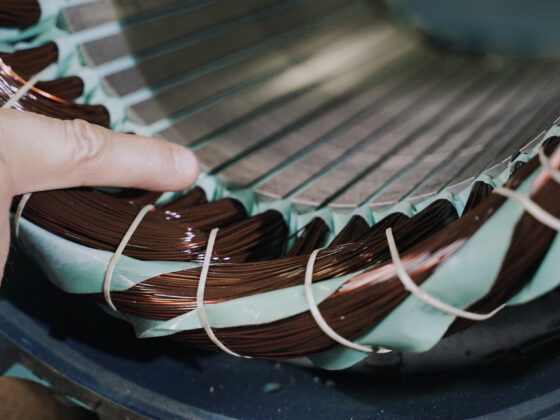Seamless pipes have become a popular choice for many applications, due to their superior durability and efficiency. Manufacturers use cutting-edge technology to create seamless pipes that are free from any defects or irregularities.
In this article, we will explore the manufacturing process of these high-quality pipes as well as discuss some of the key benefits they offer. From their application in industries like oil & gas and power generation to residential uses such as plumbing systems, seamless pipes provide reliable performance with minimal maintenance requirements.
Learn more about why seamless pipes are an ideal choice for your project today!
Hot Rolling

Hot Rolling is a manufacturing process used in the production of seamless pipes. This process involves heating metal billets to their recrystallization temperature and then passing them through rollers that flatten and elongate the material into pipe-like shapes.
During hot rolling, the walls of the pipes become thinner and longer as heat is transferred from one part of a billet to another. The resulting product has superior strength, high ductility, and improved corrosion resistance compared to more traditional methods such as cold drawing or extrusion. Hot rolling also reduces costs associated with materials handling thanks to its continuous nature which eliminates wastage caused by cutting or grinding steps.
Additionally, hot-rolled seamless pipes have good surface quality due to their uniform grain structure which produces an even distribution of stress throughout each pipe wall thickness for enhanced durability and performance characteristics.
High Flow Capacity with Low Friction Losses

The use of seamless pipes comes with a range of advantages, such as high flow capacity and low friction losses. Seamless pipes are formed through hot or cold rolling processes where raw material is heated and rolled into thin, cylindrical shapes.
The process creates strong bonds between molecules that form the pipe’s walls while also ensuring that there are no weak points or seams in the finished product. This increases strength and durability, allowing for high flow capacities even at higher temperatures and pressures without any loss due to friction.
Additionally, since there are no seams in seamless pipes, they have better resistance against corrosion than traditional welded pipes which can result in fewer repairs over time. Furthermore, since these types of pipes have a smooth inner wall surface with no obstructions inside them like welding beads found on conventional welded pipe systems, their efficacy is greatly improved leading to more efficient water discharge rates compared to other kinds of piping system materials available today.
Corrosion Resistant Properties

Seamless pipes are known for their corrosion-resistant properties, allowing them to be used in a variety of environments where other piping materials may not survive. This is due to the way seamless pipes are made – they are constructed from a single piece of metal, rather than welded together like traditional pipe systems. As such, there is no risk of weak points or rust developing over time due to welding seams.
The uniformity and strength of the material also ensure that seamless pipes can withstand higher levels of pressure while minimizing leakage and potential environmental contamination. Additionally, because these pipes require minimal maintenance throughout their lifetime, they are often considered far more cost-effective than alternative solutions.
Conclusion

The Seamless Pipe manufacturing process is an efficient and cost-effective way of creating pipes that are strong, durable, and flexible. The process involves melting the steel before it is formed into a pipe.
This allows for a precise size and shape to be achieved with minimal waste or effort. Additionally, this type of pipe has many advantages over other types of pipes such as SMLS Pipe which include a better finish, greater strength and flexibility, superior corrosion resistance, fewer welding requirements, and improved flow characteristics. Therefore seamless pipes offer greater reliability in any application requiring them.


